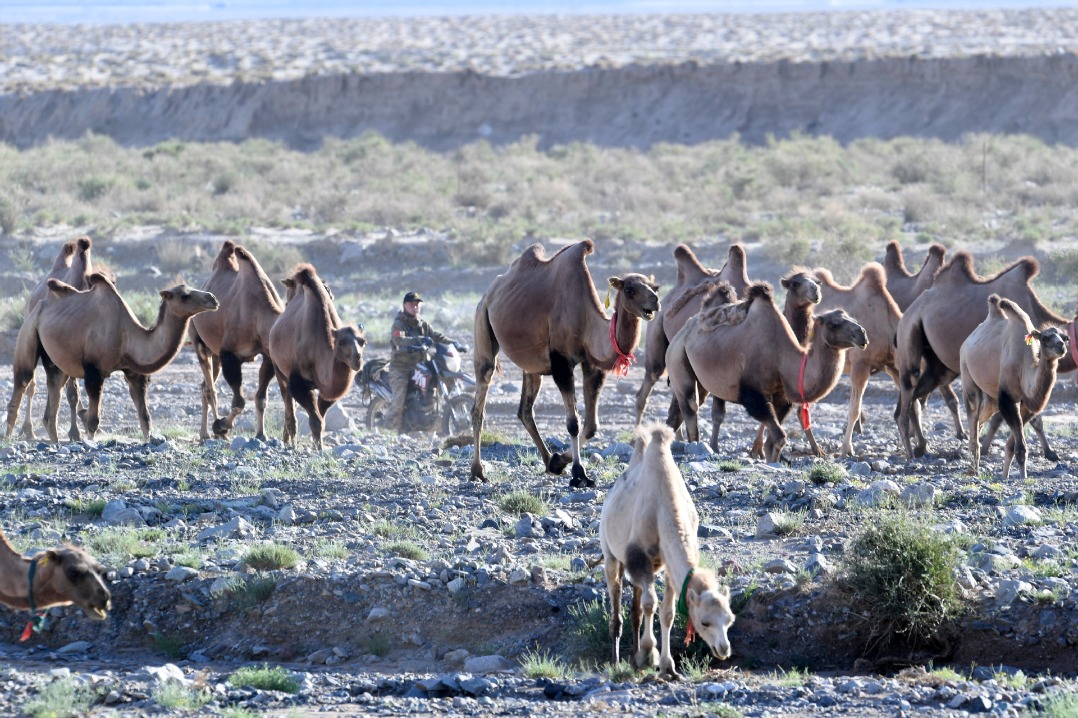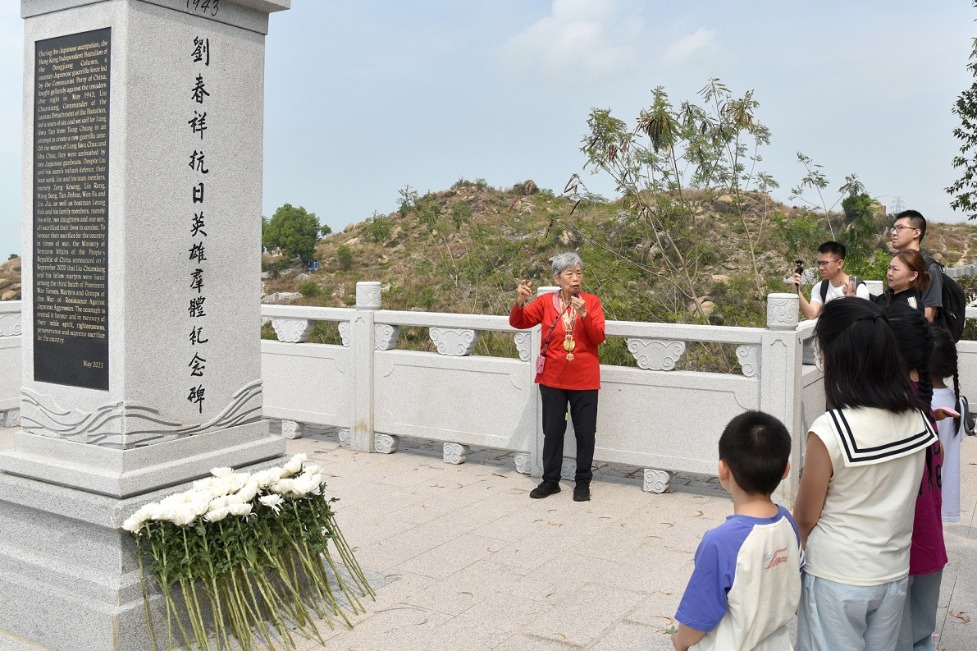Chinese researchers find evidence of the beginning rice cultivation

BEIJING -- Chinese researchers have found evidence of the shift from wild rice to rice cultivation.
Researchers from the Chinese Academy of Sciences (CAS) collected the samples of phytoliths, a microscopic structure of silicon dioxide, from an archaeological profile at the Hehuashan site, located in the upper Qiantang River region in east China's Zhejiang Province.
They found and analyzed the fan-shaped phytoliths which were contained in rice leaves.
A change in the amount and forms of the fan-shaped phytoliths found at the Early Neolithic site indicated a change from wild rice to cultivated rice at the time of human occupation, which provides evidence of possible manipulation of wild rice during Shangshan Culture period about 10,000 years ago.
Rice cultivation has a long evolutionary process. "Ancient humans recognized wild rice could satisfy their hunger," said Wu Yan, associate professor from CAS Institute of Vertebrate Paleontology and Paleoanthropology. "Then they learnt to collect and preserve wild rice and began rice cultivation."
The phytoliths were resistant to corrosion and well preserved. They are expected to be a key finding for the research into the origins of rice, said Wu.
- Zhejiang leads in innovation, IP development
- Lotus sanctuary dazzles at wetland park in Chongqing
- Nearly 5,700 residents relocated amid heavy rain in Jizhou, Tianjin
- China to offer nationwide childcare subsidies
- China sees better air, water quality in H1
- Heavy-ion accelerator integrating into cancer treatment in China






































